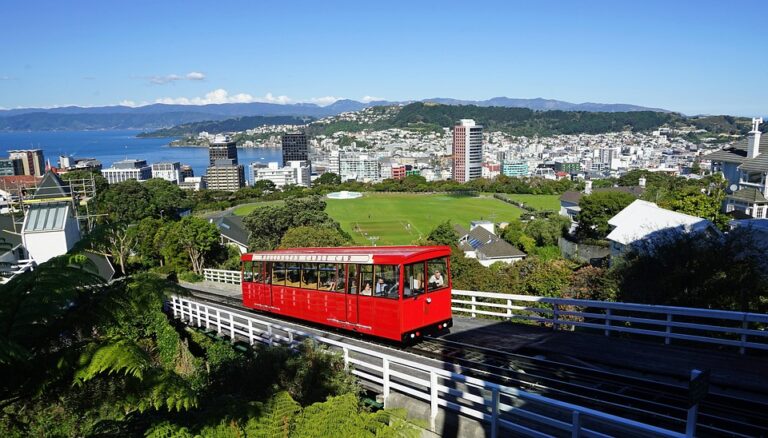Luxury vs. Affordability: The Evolving Automotive Consumer Landscape
Meta Description: Explore the evolving landscape of automotive consumers, balancing luxury and affordability in today’s market.
In the ever-changing world of automotive news, understanding consumer behavior is paramount. As buyers become more discerning, the divide between luxury and affordability becomes less clear. This evolving consumer landscape presents challenges and opportunities for automakers, dealerships, and consumers alike. Whether you’re an affluent buyer eyeing a luxury SUV or a budget-conscious individual in search of reliable transportation, the choices available today can be overwhelming.
The Rise of Luxurious Options in the Mass Market
Understanding Luxury Appeal
Luxury vehicles have long symbolized status, comfort, and cutting-edge technology. Traditionally, these models catered to an affluent clientele, showcasing premium materials, unparalleled performance, and exclusive features. However, many automakers are now offering luxury-like experiences in more affordable models. For example, brands like Hyundai with their Genesis line and Toyota with Lexus have blurred the line between budget and luxury.
Value Meets Luxury
As the market continues to shift, consumers increasingly expect luxury features in more affordable segments. With advancements in technology, automakers are integrating high-end infotainment systems, advanced safety features, and sophisticated design into their mid-range options. A prime example is the Honda Accord, which now offers features comparable to luxury brands, such as adaptive cruise control and premium audio systems.
The Shift Toward Affordability
Economic Factors Influencing Purchasing Decisions
Economic instability, rising fuel prices, and inflation are leading consumers to rethink their purchasing decisions. More buyers are prioritizing affordability and long-term value over the allure of luxury. According to recent automotive market studies, over 70% of consumers are now more price-conscious than in previous years. This shift has resulted in a surge in demand for compact SUVs and fuel-efficient vehicles.
The New Affordable Luxury
Interestingly, what constitutes "affordability" has evolved, with many consumers willing to spend more on vehicles that offer better value. Automakers have responded by creating vehicles that balance cost and capability. For instance, the Ford Bronco Sport delivers ruggedness typical of more expensive SUVs at a more attainable price point, appealing to adventure-seeking consumers seeking a combination of functionality and style.
The Influence of Digitalization
Changing Consumer Behavior
The ongoing digital revolution profoundly impacts how people shop for cars. With information at their fingertips, consumers conduct extensive research online before making a purchase. Websites like Edmunds and Kelley Blue Book offer comparative pricing features, enabling buyers to evaluate options based on their needs and budget. This knowledge empowers consumers to demand more from both luxury and affordable segments, which in turn drives manufacturers to innovate.
Virtual Showrooms and Online Marketplaces
Digital tools have not only transformed how consumers shop but also how brands engage with their audience. Virtual showrooms are becoming increasingly popular, with brands such as Tesla leading the charge. The convenience of online shopping means consumers can browse luxury cars and budget-friendly models from the comfort of their homes—allowing them to explore all available options without feeling pressured.
Sustainability as a Priority for Modern Consumers
The Eco-Conscious Buyer
Amidst this shifting landscape, sustainability is becoming a focal point for consumers. Many buyers prioritize eco-friendliness and energy efficiency, which have led to the proliferation of hybrid and electric vehicles across all market segments. For example, the Toyota RAV4 Hybrid offers affordability, practicality, and eco-consciousness—a combination that appeals across the consumer spectrum.
Incentives and Government Policies
Government incentives for electric vehicles (EVs) and hybrid models are also encouraging consumers to embrace greener options. Tax credits and rebates make eco-friendly vehicles more accessible, further blurring the lines between luxury and affordability. Automakers like Ford and Rivian are investing heavily in electric SUVs, aiming to attract environmentally aware consumers while maintaining a degree of luxury through quality and design.
Conclusion: Navigating the Consumer Shift
As the automotive industry evolves, so too does consumer behavior. The traditional dichotomy between luxury and affordability is becoming increasingly nuanced, with buyers demanding the benefits of both worlds. Automakers must adapt to this changing landscape by offering high-value options that appeal to a broader demographic spectrum.
In this dynamic environment, the keys to success lie in the ability to balance premium features with affordability, harnessing technology to enhance the consumer experience while responding to economic and environmental demands. As consumers continue to navigate this evolving landscape, they can expect to find vehicles that not only meet their functional needs but also resonate with their aspirations for luxury and sustainability.
Whether you’re looking for a luxury sedan or a compact hybrid, the automotive world is equipped to offer something for everyone. The challenge for consumers now is to choose wisely amidst a plethora of options, ensuring they strike the right balance between their desires, budget, and values. For more insights into the automotive market and the latest trends, stay tuned to Buzzo.live, where we provide breaking automotive news tailored to your interests.
Navigating this evolving landscape presents a unique opportunity for both consumers and manufacturers to connect on common ground—a testament to the automobiles that are not just modes of transport but expressions of identity and lifestyle.


